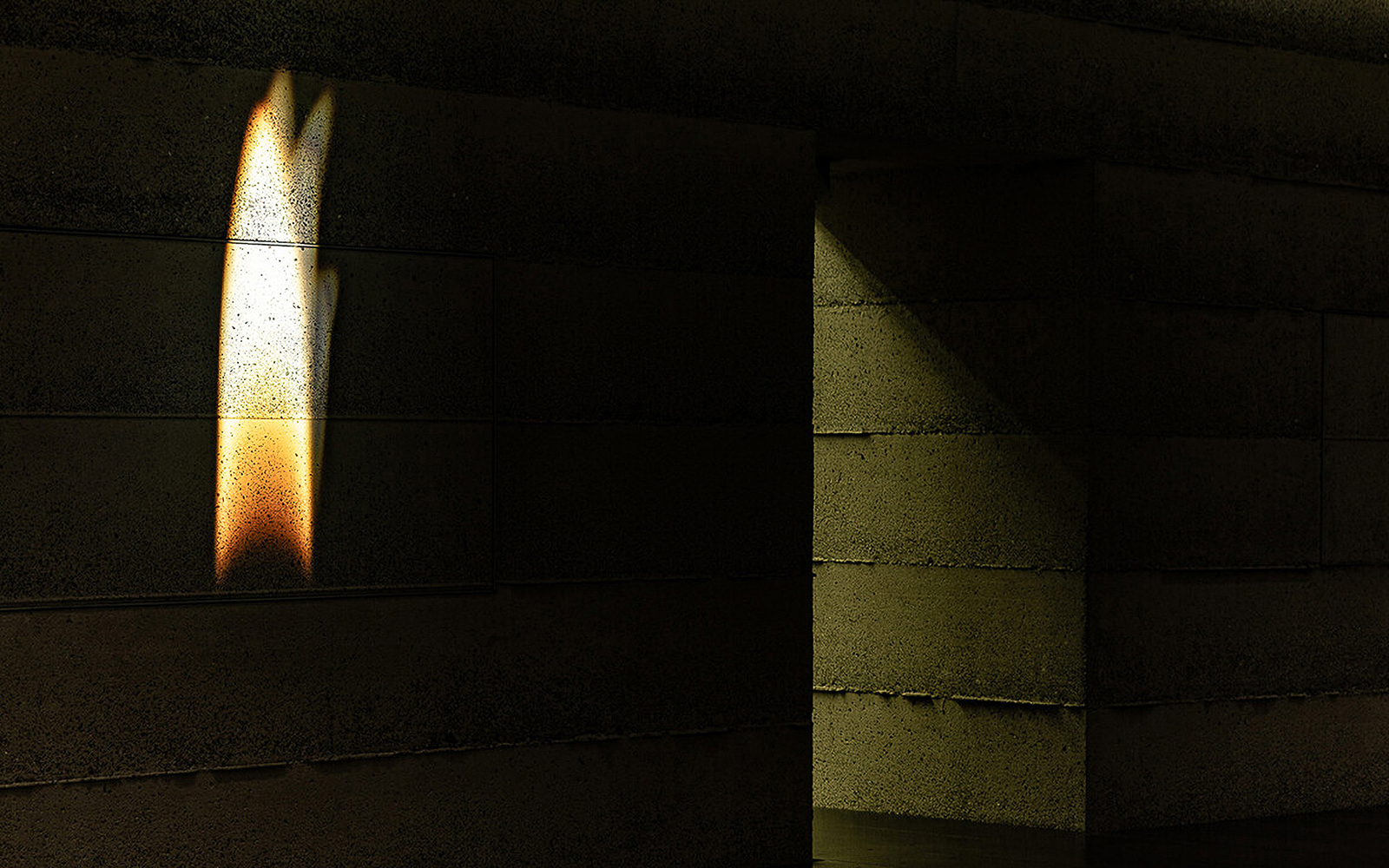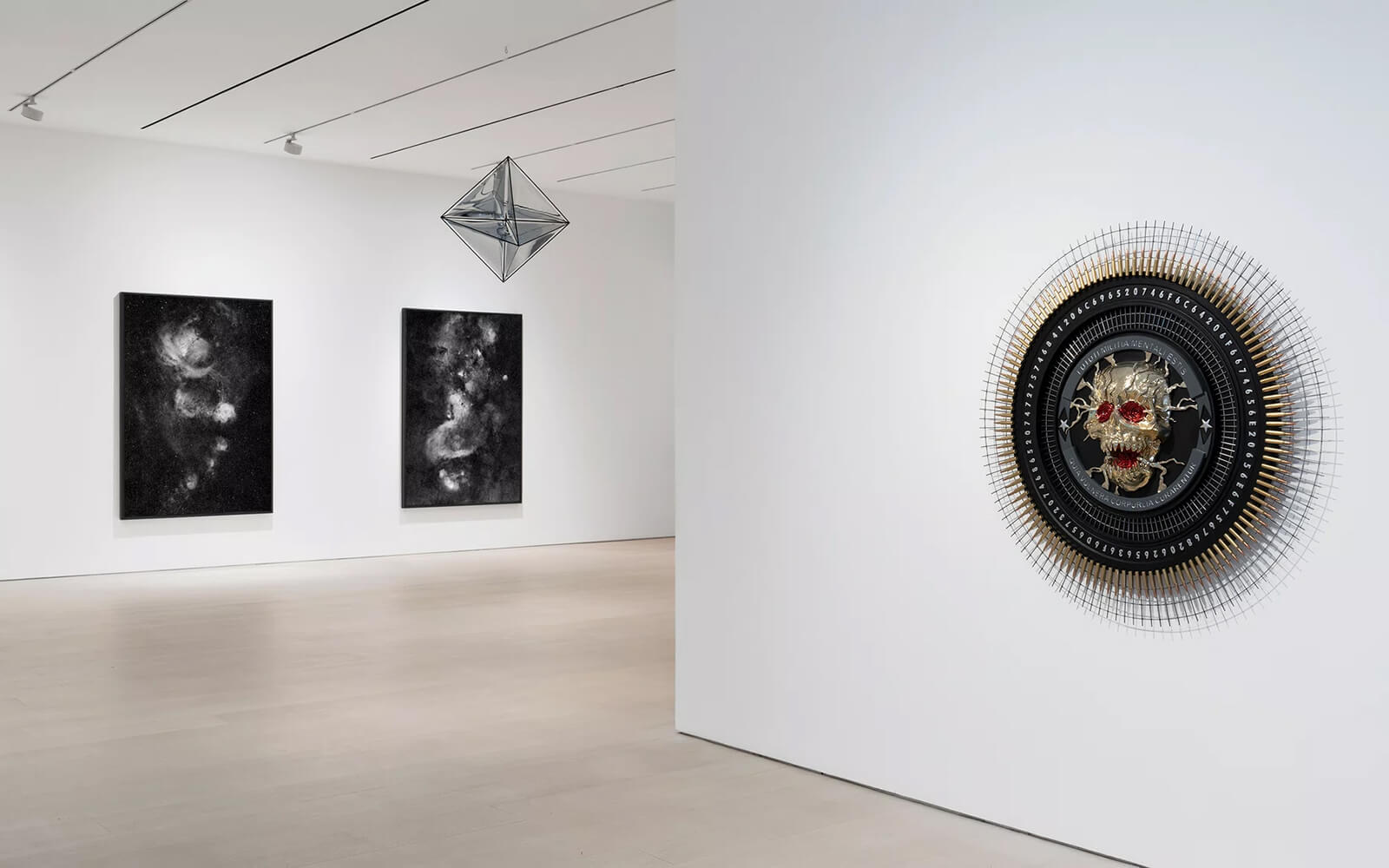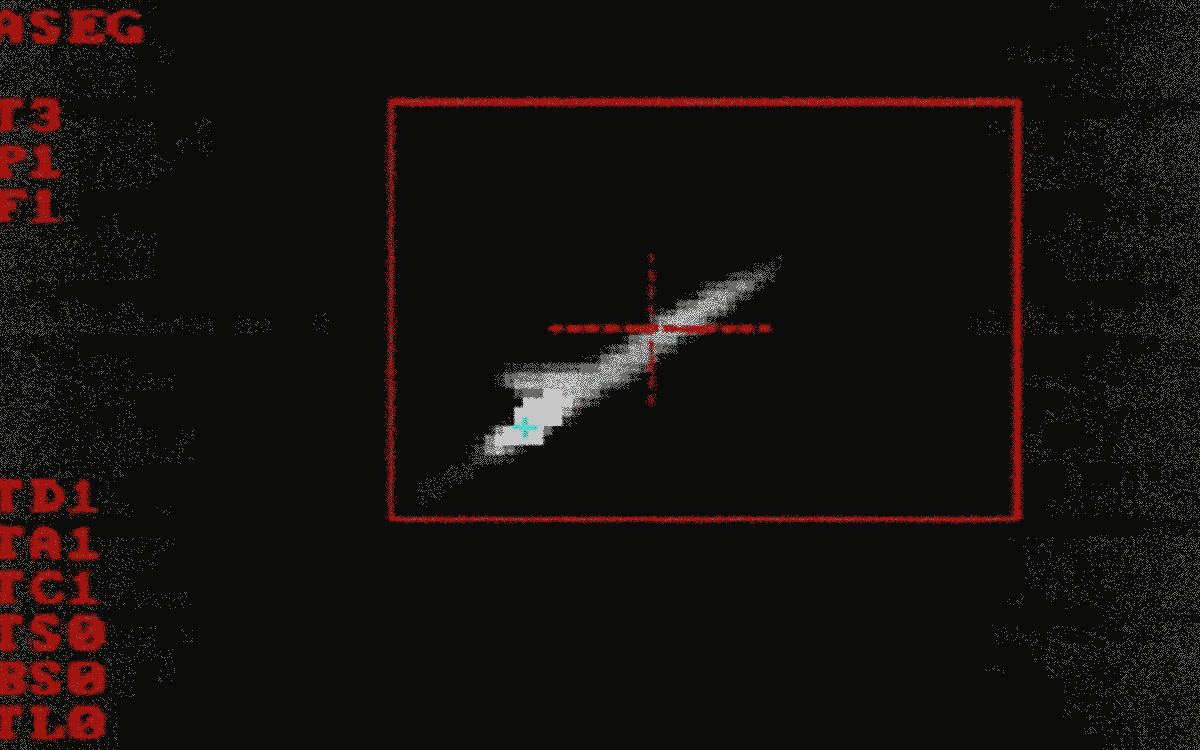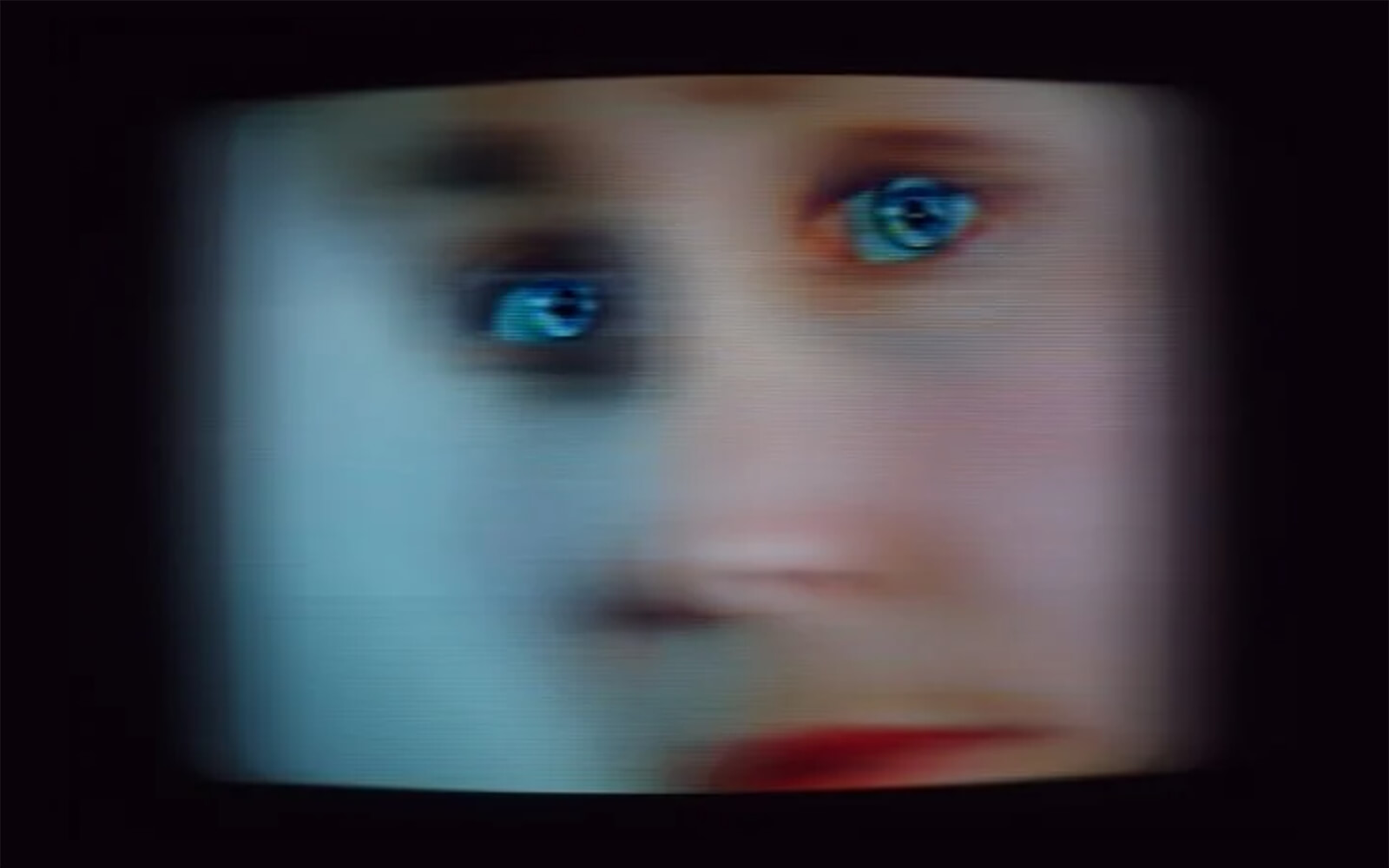1,576 days, 2,409 entries ...
Newsticker, link list, time machine: HOLO.mg/stream logs emerging trajectories in art, science, technology, and culture––every day
“There is a death drive in all of this. It is a drive to lethality. It is a drive towards self-destruction but also the destruction of all others. That is what underlies these systems.”
“3D analysis shows patterns of radial fragmentation on the southwest side of the impact crater, as well as a shallow channel leading into the crater from the northeast. Such patterns indicate a likely projectile trajectory with northeast origins.”
Polish artist Krzysztof Wodiczko’s permanent installation Voices of Memory (2023, image) opens in the Hall of Remembrance at Warsaw Insurgents Cemetery. A memorial to the 1944 Warsaw Uprising, in which 150,000 civilians and 18,000 insurgents died during a revolt against occupying German forces, it “expresses opposition to all armed conflicts.” In the piece, Wodiczko presents audio of survivors’ testimonials and syncs their traumatic recollections with projections of flickering flames.

Antony Loewenstein
The Palestine Laboratory

An exhibition for the post-truth era, Trevor Paglen’s “You’ve Just Been Fucked by PSYOPS” opens at Pace New York. In it, the American artist charts the “enduring effects of military and CIA influence operations on American culture” through several new works. These include an unknown orbital object photo series, and Because Physical Wounds Heal… (2022, image right), a mixed media—steel, bullets, resin—sculpture that mythologizes the iconography, sloganeering, and abject horror of U.S. psychological warfare.

“Semi-autonomous weapons, like loitering munitions that track and detonate themselves on targets, require a ‘human in the loop.’ They can recommend actions but require their operators to initiate them.”
“Today Taiwan produces around one third of the new computing power we rely on each year. It produces ninety percent of the most advanced processor chips.”
“Basha’s paintings are dominated by circles, which she creates with her feet, while her lines are created by a painting arm.”
“Images of Resistance from Elsewhere,” an e-flux Video & Film screening program launches. Exploring the mediation of political struggle, it features films by The Otolith Group, Jocelyne Saab, b.h. Yael, and Mohanad Yaqubi that show conflict “from the point of view of the engaged observer.” Notably, it includes Harun Farocki’s War at a Distance (2003, image), which connects post-Gulf War military trends (missile cams, CGI, etc.) with industry and ideology. The online program runs through Jan 18.

In an interview conducted in the wake of her current solo show, “Twisted,” at New York’s New Museum, American media artist Lynn Hershman Leeson reflects on five decades of interrogating emerging technologies. Known for making poignant statements about surveillance, bioengineering, and AI (image: Seduction of a Cyborg, 1994), Leeson notes that “every single advancement in technology had its base in warfare. There’s an inherent strand in the DNA of these inventions that leads them to assault. We have to cure that.”

Daily discoveries at the nexus of art, science, technology, and culture: Get full access by becoming a HOLO Reader!
- Perspective: research, long-form analysis, and critical commentary
- Encounters: in-depth artist profiles and studio visits of pioneers and key innovators
- Stream: a timeline and news archive with 1,200+ entries and counting
- Edition: HOLO’s annual collector’s edition that captures the calendar year in print
